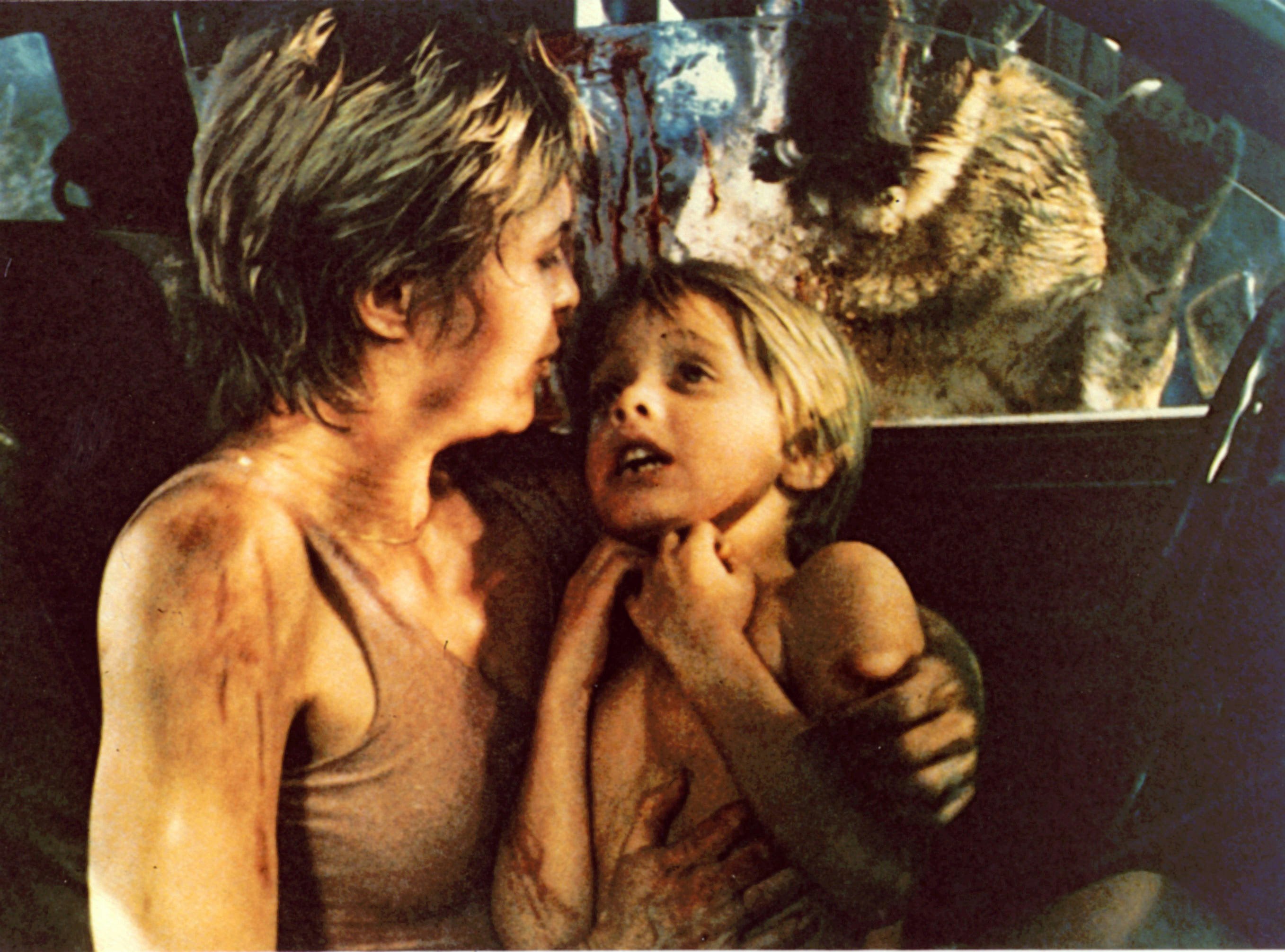
As he prepared to shoot the opening scene of Cujo, Jan de Bont began experimenting. Instead of gathering generic wide shots of a playful Saint Bernard chasing a rabbit throughout a green pasture, the cinematographer wanted to capture something more visceral. So he took a small camera with a 60-foot magazine, attached it to a farm shovel, lowered it to the ground, and began running (and sometimes tripping) around with it directly behind his furry friends.
“I could move it and chase it through the grass and follow the rabbit wherever it went,” de Bont tells Inverse. “I had never done that before, but it worked really, really well.”
Outside of its low-budget ingenuity, the makeshift Steadicam characterized de Bont’s inspired commitment to subjectivity. Throughout the scene, the lens hovers just above the grass, splitting points of view between Cujo and his scurrying prey, which eventually hops to safety through a log and into a cave. The filmmaking choice simulated the panicked, foreboding experience of being chased by a towering, slobbery dog — even before it gets bitten by a bat and turns into a rabid monster.
“You'd hardly seen that before, but that's exactly what those rabbits would see when they went through the high grass,” de Bont says. “For a second, you're in a very different world because it's a perspective you're not quite used to.”
In lesser hands, director Lewis Teague’s 1983 adaptation of Stephen King’s eponymous novel would have seemed destined to join the ranks of the decade’s other campy B-movie slashers and goofy villains. After all, the majority of Cujo is predicated on a one-location, claustrophobic nightmare: a rural farmer’s diseased Saint Bernard terrorizes a mother, Donna (Dee Wallace), and her son, Tad (Danny Pintauro), inside their broken-down Ford Pinto. Trapped with nobody around to help, they struggle to fend off the dog’s gruesome attacks, battling the blazing Maine sun and their own psychosis in the process. In the wake of numerous Jaws sequels and also-ran creature features (including Teague’s most recent effort Alligator), King’s source material offered Hollywood another chance at a cheap summer thrill.
“The most dangerous, the most scary, the most freaky.”
But de Bont saw a bigger opportunity to infuse this basic setup with the same immediate perspective as his opening credits dash through the grass. Using a variety of inventive cinematic contraptions, he intensifies the movie’s fearsome second half by floating, spinning, and swerving his camera in lockstep with Cujo’s abrupt attacks and his actors’ distressed states of mind.
“I always felt like I had to give the audience in the theater an experience as if they themselves were there,” de Bont says.
His camera refuses to look away from the violence, capturing punishing close-ups to highlight the unrelenting nature of each subsequent attack. Four decades later, Cujo’s carnage continues to terrify, a testament to de Bont’s palpable desire “to be on the side of the most daring, the most dangerous, the most scary, the most freaky.”
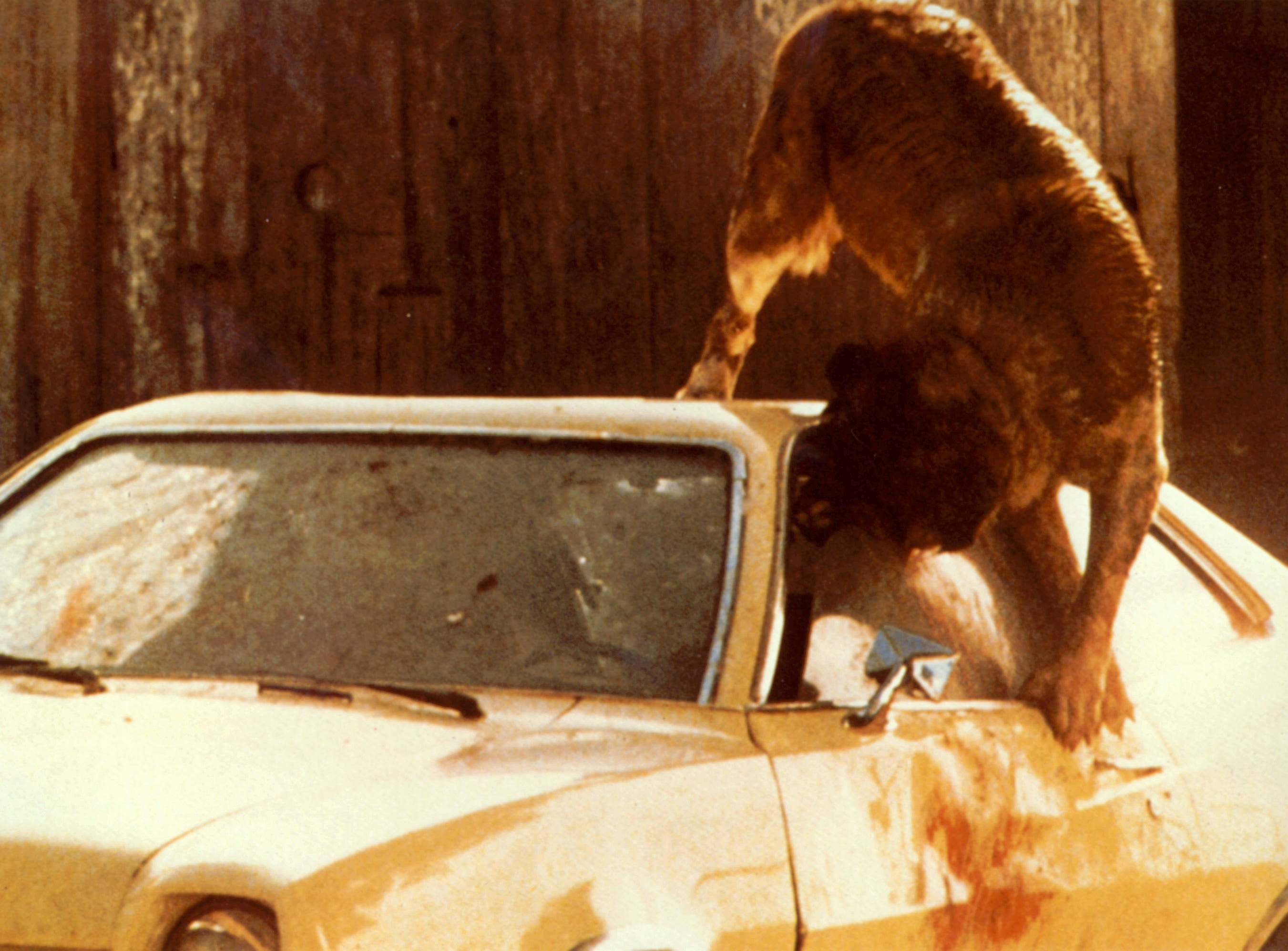
Like most cinematographers, de Bont had to sell his kinetic vision to his director. After looking at the script, he called up Teague and the movie’s producers to make a few suggestions, vouching for the camera to become an actor itself.
“Initially they didn't understand that,” he says. “What do you mean? Camera be an actor?” But de Bont pressed them to follow his lead, explaining that “the camera acts and responds to the action in the way either one of the actors would react themself. One moment the camera will be the mom, then the boy, then the dog.”
“What do you mean? Camera be an actor?”
To achieve his proposal on just a $6 million budget, de Bont had to get creative. Because he and his camera wouldn’t fit between Wallace and Pintauro, he asked producers to purchase six more yellow Pintos with the same interiors then sliced a few of them in half — some vertically, some horizontally — so he could position his handheld closer to their faces. That allowed de Bont to try multiple setups and perspectives at a quicker pace, giving him the freedom to swerve the camera and cycle the actors into different cars based on the angles he needed.
“I've seen movies where people are caught in a car and [they use] wide-angle lenses to see both actors in a shot, but that's not a realistic shot,” he says. “You could never see that wide. It always feels like you're outside the car or a place where a camera could never be, and I wanted to get the same feeling as the actors do.”
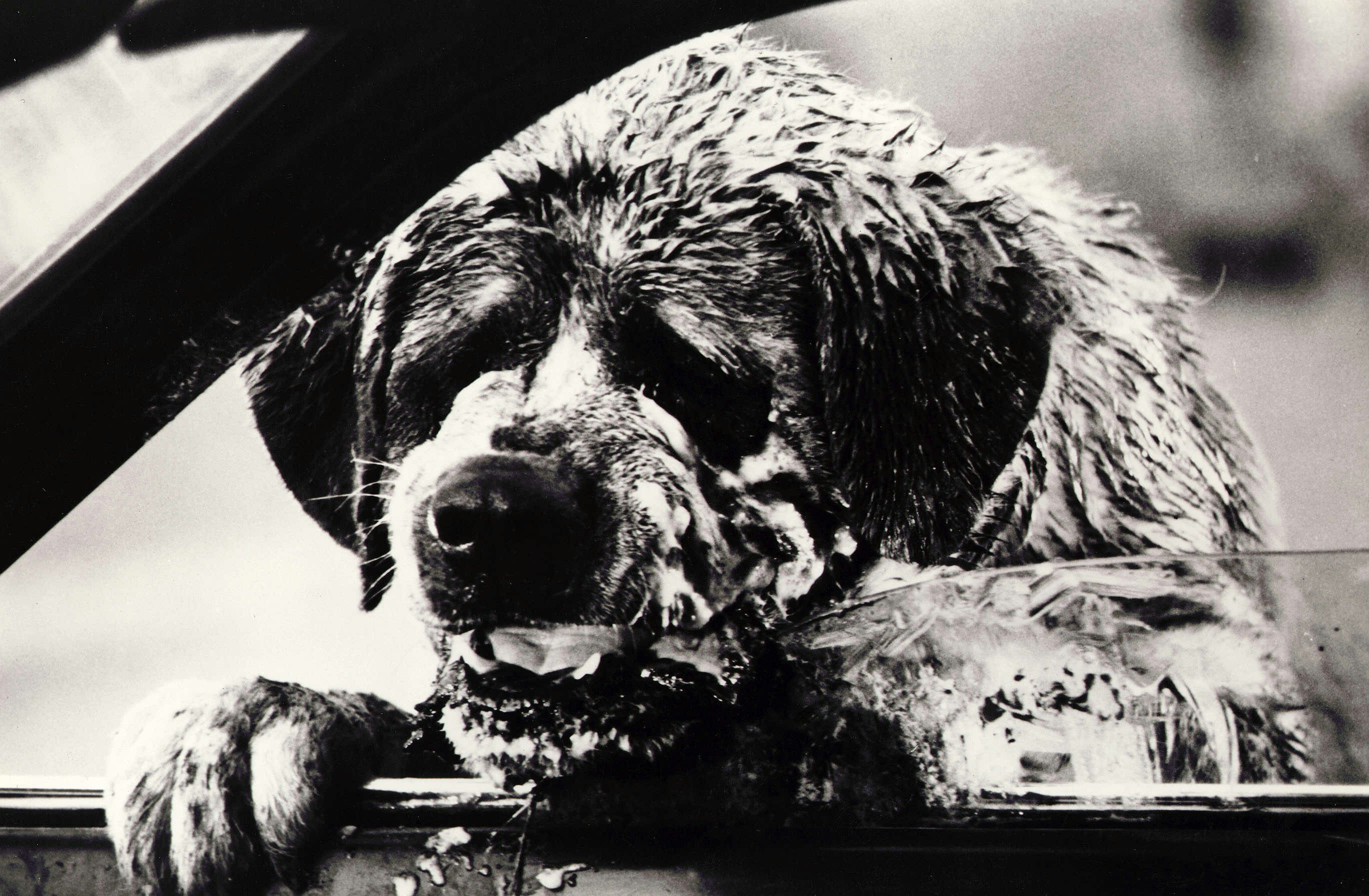
De Bont had recently shot 1981’s Roar, a schlocky adventure comedy featuring dozens of real lions and tigers (and plenty of on-set injuries), so the cinematographer had experience capturing violent animals at a moment’s notice. This helped prepare him for Cujo, which used a handful of different Saint Bernards for various attack sequences and inspired an almost nature documentary approach.
“The camera is always looking at the dog. It's always responding to the moves of the dog. It's not a static camera,” he says. “If the dog does something, the camera immediately responds.”
In many ways, de Bont wanted to shoot his protagonist like he was an actor himself, leaning into its bloody, egg-white slobber that makeup artists applied before each take.
“Everything comes out of the relationship between those three and if you make those characters uneven and the dog is only a popup character, that never works,” de Bont says. “He had to be there the whole time and had to be very physical.”
“It's really intense from the beginning and then it gets more and more intense.”
The attacks were constructed in a variety of ways, with trainers baiting the Saint Bernards with snacks inside the car and pinning their wagging tails back so they appeared more fearsome. Occasionally, a stunt actor in a dog suit would plow his head through an open door to imitate its bites. But the tight framing, disorienting camera movements, and rapid cutting mostly contribute to the disturbing and feverish sequences. In the heat of his snarling, there’s barely time to breathe.
“You have to get into the intensity and the quick responses of all the faces to each other,” says de Bont, who didn’t care for the predictable patterns of most horror movies at the time. “It's always that one shot at the end of a scene where somebody flies through a window or door for the big scare, and everything before that tends to be slow. For me, it's the opposite way. It's really intense from the beginning and then it gets more and more intense.”
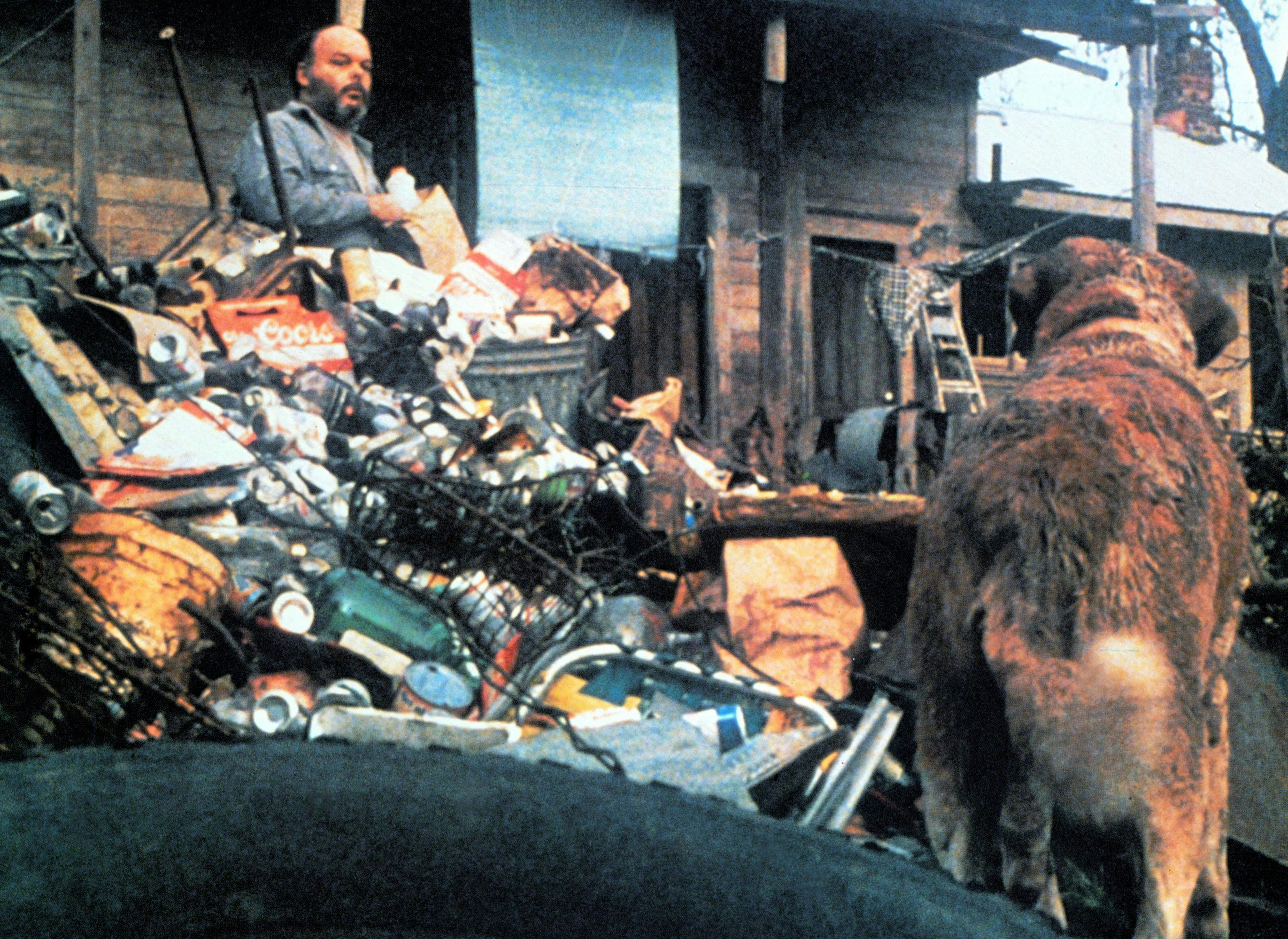
The most iconic shot of the movie takes place near the third act, when Cujo bites Donna in the leg before she musters enough strength to force the canine out of the car. Scarred and nearly unconscious, she rests her bloody head back into the passenger side window. Then the camera slowly pans 180 degrees, observing Tad motionless and bawling at the sight of his abused mother. Then it keeps spinning, slowing down at Donna, then Tad, then Donna again, picking up speed and turning into a 360-degree blur. Enough to provoke nausea, the shot enhances their hellish, delirious experience, punctuated by the soundtrack of adjacent vicious barking and Tad’s screams.
To pull it off, de Bont leaned into his French New Wave instincts. He asked production to cut a hole in the Pinto’s roof, hovered a periscopic (or “snorkel”) lens just above the center console, and attached it to a post on the center of the camera. When filming began, de Bont stood on top of the car’s roof and rotated the post with his hands, lining up the center of the lens with marks he’d made on the roof that delineated where Wallace and Pintauro were sitting.
“It's kind of primitive,” he laughs. “You have to treat every movie like a fun experiment, like an exciting experiment, and not just like a job. I never saw myself as somebody who would just do close-ups and long shots and dolly shots.”
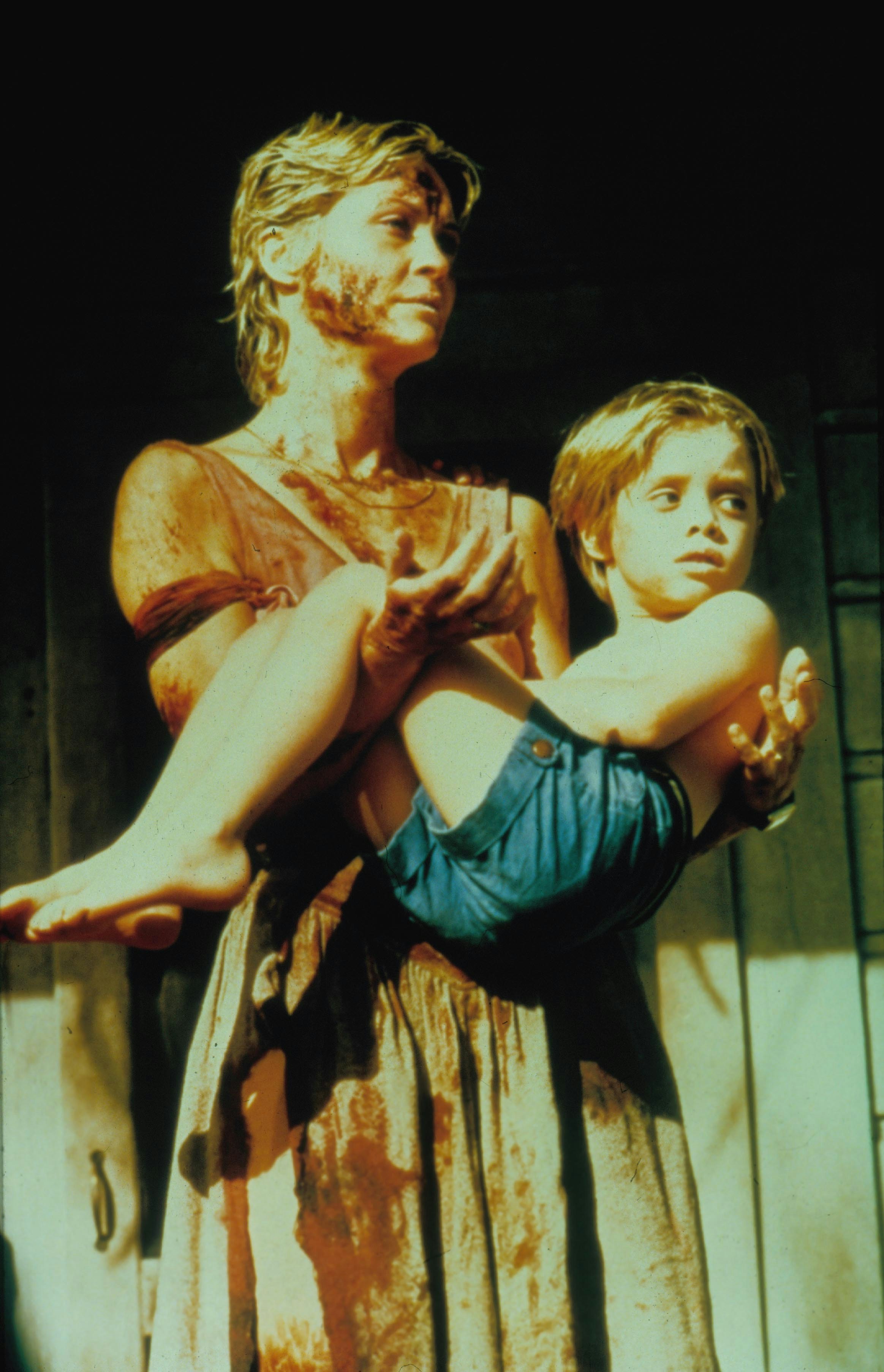
Released 40 years ago on Aug. 12, Cujo made $6.1 million over its opening weekend before going on to more than triple its budget over its August run. About five years later, de Bont gained greater recognition as the cinematographer for Die Hard, propelling him into a decade-long directorial run in the 1990s that included Speed, Twister, and Lara Croft: Tomb Raider. But looking back on his humble beginnings in Hollywood, the Dutch filmmaker still cherishes the flexibility and challenging limitations that Cujo provided him. The smaller production made for a better movie, he says, and forced him to find unique solutions he might not otherwise have considered.
“If I had a big Panavision camera, the weight of me and the camera would crash the roof of the car,” he jokes. Instead, “every shot was more intense than [the producers] ever thought it would be. I think that was the most important achievement in the movie.”







